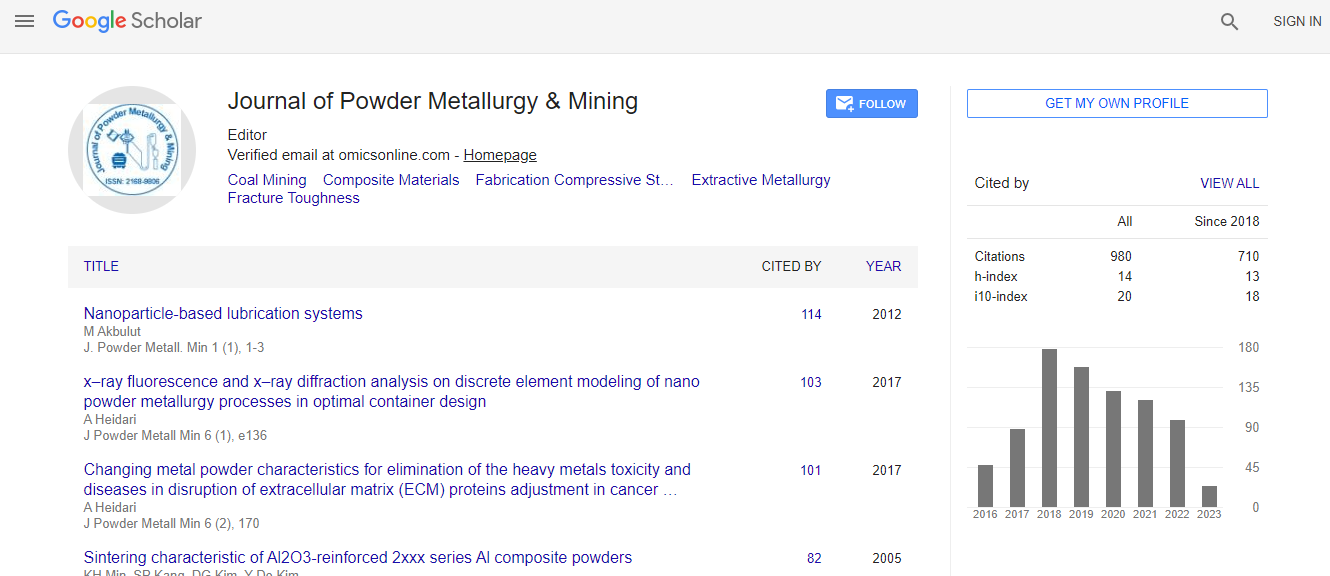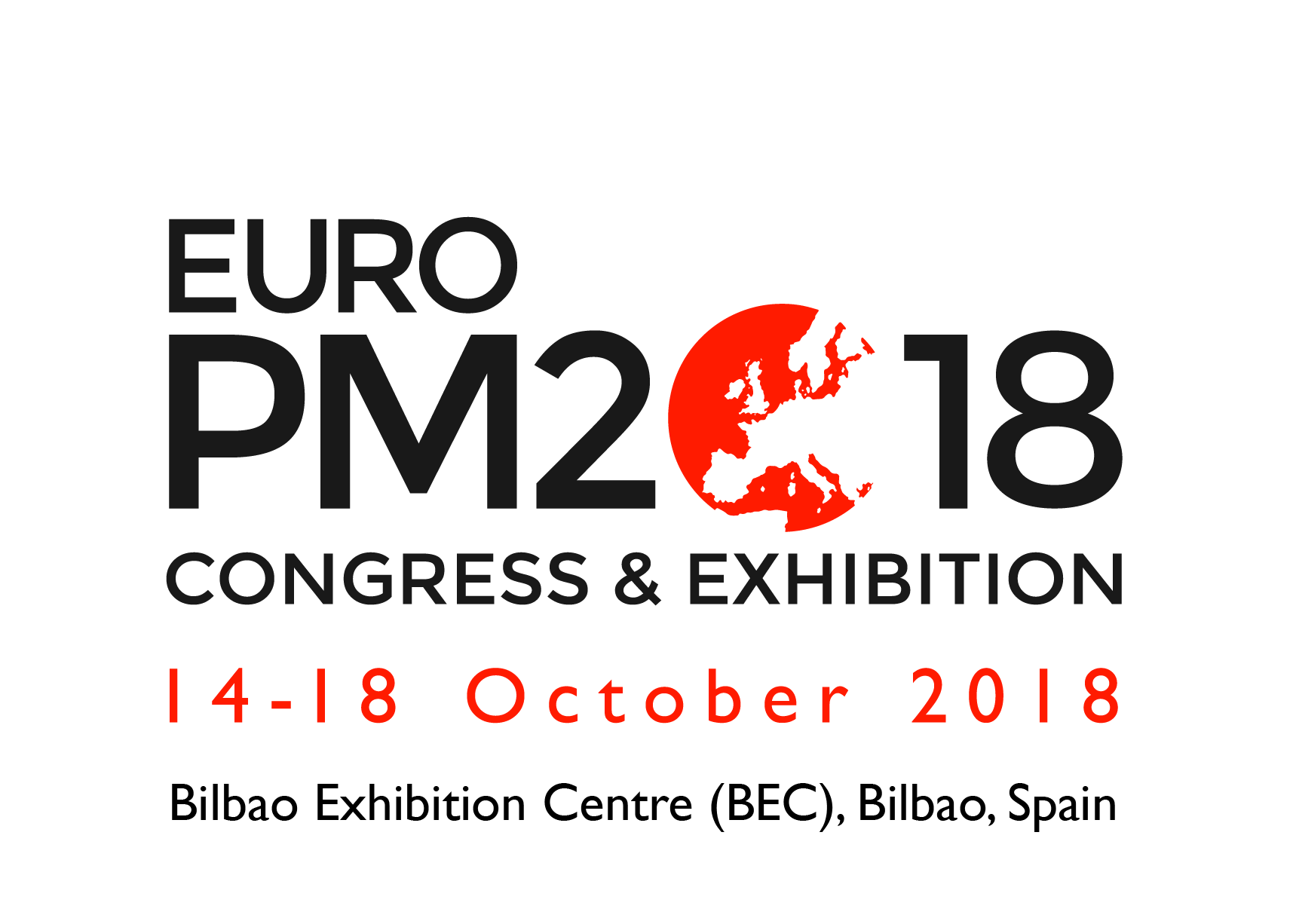Our Group organises 3000+ Global Conferenceseries Events every year across USA, Europe & Asia with support from 1000 more scientific Societies and Publishes 700+ Open Access Journals which contains over 50000 eminent personalities, reputed scientists as editorial board members.
Open Access Journals gaining more Readers and Citations
700 Journals and 15,000,000 Readers Each Journal is getting 25,000+ Readers
Google Scholar citation report
Citations : 1206
Journal of Powder Metallurgy & Mining received 1206 citations as per Google Scholar report
Indexed In
- CAS Source Index (CASSI)
- Index Copernicus
- Google Scholar
- Open J Gate
- Genamics JournalSeek
- RefSeek
- Hamdard University
- EBSCO A-Z
- OCLC- WorldCat
- Publons
- Euro Pub
Useful Links
Recommended Journals
Related Subjects
Share This Page
Dunhui Xiao

Dunhui Xiao
Research Associate
Imperial College London
United Kingdom
Biography
Expert in numerical modelling with a focus on non-intrusive methods for reduced-order modelling of Navier-Stokes equations, fluid-structure interactions, and multiphase flows in porous media. I am also interested in stabilization and non-linear reduction of physical dynamic systems. Other interests: Artificial Intelligence(AI), machine learning methods (ANN, RBF, deep learning, prediction), big data, data warehousing, database and data mining, and geophysical inversion, optimisation design.
Research Interest
1. Developed novel non-intrusive reduced order modelling methods within complex unstructured adaptive mesh finite element ocean model(Fluidity) and a combined finite-discrete element method based solid model (Y2D) and 3D unstructured mesh control volume finite element (CVFEM) reservoir model. The methods involve Smolyak sparse grid, radial basis function, neural network and POD. 2.Developed a fast oil and gas reservoir model for British Petroleum (BP plc). It is used for sensitivity analysis, uncertainty quantification, parameters optimisation and history matching. 3. Developing a non-intrusive ROM for air quality transport model. 4. Developed a non-intrusive ROM for fluid and fractured solid coupling model. 5. Developed a non-intrusive ROM for ocean model. 6.Developed a 2D and 3D gravity and magnetic forward and inversion human computer interative interpretation systems. This tool aims to target mines using 3D real-time interactive simulation of complex 3D geological shapes calculated from gravity and magnetic anomaly data. The complex 3D geological shapes include surface shapes made of triangles, surface shape made of polygon, cube and sphere. This code is written in Visual C++6.0 and OpenGL. Collision detection methods have been used such as AABB, OBB, etc. Inversion methods and optimization methods are involved in this code as well such as least-square, descent gradient and Marquardt. 7.Developed a stabilisation method and a non-linear reduction method for intrusive ROM. 8.Developed an environmental hazard data warehousing decision support system. 9.Developed a geological hazard data warehousing for Yangtze three gorge areas.

 Spanish
Spanish  Chinese
Chinese  Russian
Russian  German
German  French
French  Japanese
Japanese  Portuguese
Portuguese  Hindi
Hindi 

